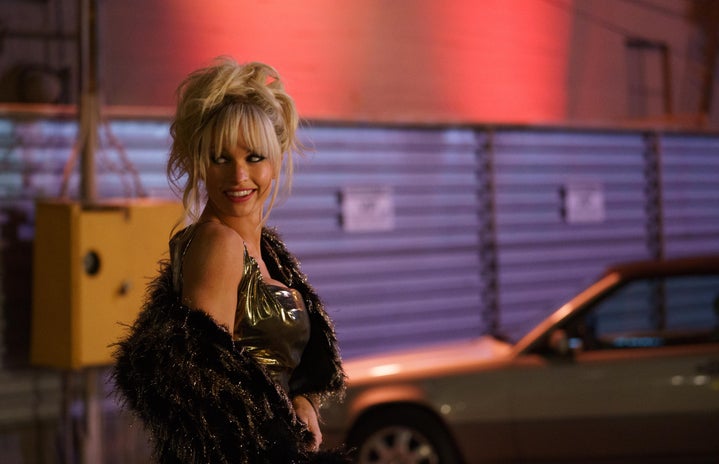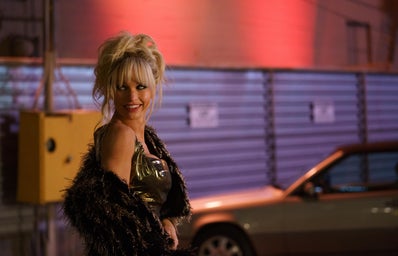Do you remember the first time you heard the name Pamela Anderson? I don’t. When I asked my roommate this question she responded. “I don’t know, I guess I’ve just always known the name.” We drew a blank when we wondered what she did to become a household name. All I knew about her was that Hulu had made a show about her and her rockstar husband’s relationship, where she was portrayed as a sex symbol. Naturally, when I saw that a new documentary had come out about her life titled, “Pamela Anderson, A Love Story” — I knew I had to watch. Who doesn’t love a good romance? As I began to watch the documentary I realized it’s not at all a cheesy romcom or a tear-jerking happily ever after.
Familial love
The documentary starts off at her family home in Ladysmith, British Columbia where Anderson begins to tell the story of her life through photographs, journal entries, and home videos. She talks about early experiences of sexual abuse and her volatile parents’ relationship. As many of us know, the version of familial love you experience as a child shapes the inner voice you carry as an adult. It can be your worst enemy or your most loyal supporter as you navigate adult life. Growing up, Pamela told herself she was the odd one out in a sea of beautiful faces. In fact, she was, but not in the way she thought.
Infatuation
A few years after high school, at the age of 22, Anderson was selected out of tens of thousands of people at a BC Lions football game to show up on the big screen. After her friend, an employee of Labatt Beer told her to stand up and dance around wearing the company’s t-shirt, the camera couldn’t move away from her. At that moment, the world fell in love with her. She began to get offers left and right until she received an offer from Playboy, a magazine that contained pictures of women that she had longed to look like. Anderson remembers that the first time the camera was put on her, she felt more confident than she ever had before. She felt like she could be whoever she wanted to be.
Over time, however, the camera and the people behind it became infatuated with her. It was a sort of one-sided version of love, where the world expected her to reveal everything about herself without letting her truly be herself. Well-respected reporters would ask her about plastic surgery and millions of people shamed her for being in a sex-tape that she never gave permission to release. She was praised for her good looks and her fun-loving personality, but when she asked for privacy and respect, people looked the other way. In the aftermath of the sex tape scandal, she only received offers for roles that further boxed her into a one-dimensional character.
Self-Love
Anderson found that the only way she could financially support her family was by accepting the infatuation people had with her character. She found power in knowing that she could use this attention to get people to care about what she cared about – animals. From stopping Putin from capturing sea-life on the verge of extinction to convincing Prada to drop fur from its products, Anderson helped set a precedent for animal rights. The documentary culminates with Anderson training and starring in the Broadway show, Chicago. In a post-me too world, Anderson’s bid to show herself in her most human form was warmly received. However, people’s perception of her performance was the last thing on Pamela’s mind. To her, giving herself permission to finally be was the greatest act of love. As it turns out, “Pamela Anderson, A Love Story” is a story about love in its different forms.


